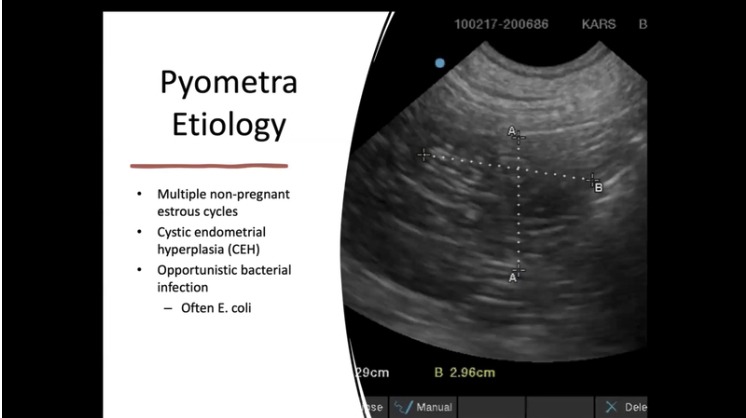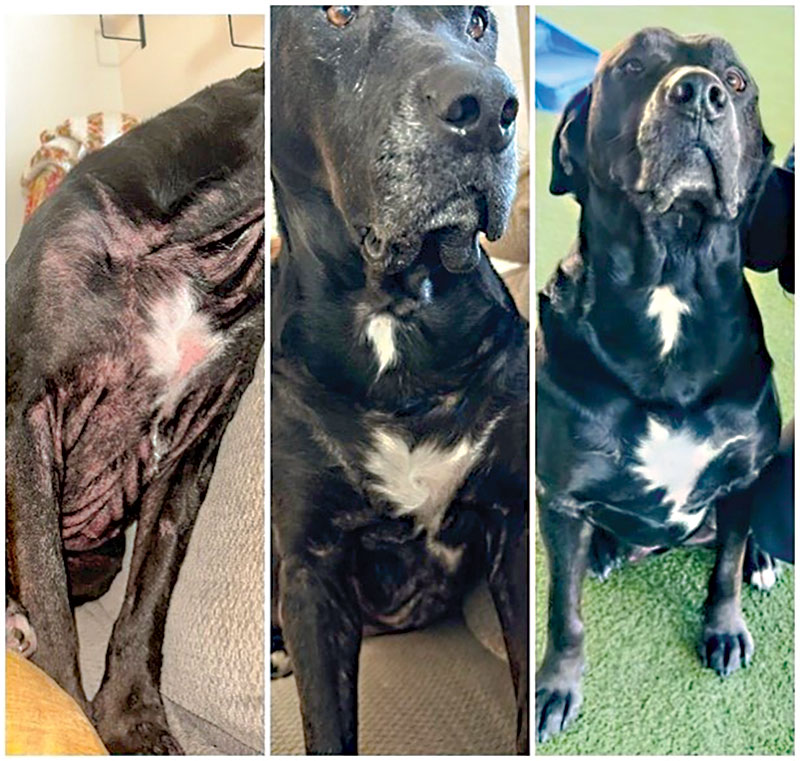It's high time for veterinary technicians to have proper seats at the tables of veterinary boards and other decision-making organizations. Photo: Bigstock/maxxyustas
Credentialed veterinary technicians are indispensable to delivering high-quality veterinary care across all areas of veterinary medicine. From patient care to client education to laboratory diagnostics, anesthesia, and intra- and post-operative care, their work is vital to the health and well-being of animals and the efficiency of veterinary teams. Yet, across the United States, these professionals are consistently underrepresented, or entirely unrepresented, on state veterinary medical boards, veterinary medical board of examiners, and other governing bodies that regulate veterinary technician credentialing, scope of practice, and professional standards. Despite the clear right to representation, veterinary governing bodies often neglect or ignore the perspective of credentialed veterinary technicians.
|
The representation crisis
In 2024, there were an estimated 130,415 veterinarians in the U.S., and veterinary colleges graduate just over 3,000 students annually on average. The most current estimates of veterinary technicians from 2019 found an estimated 70,000 credentialed veterinary technicians in the U.S., and as many as 118,000 individuals working under the title "veterinary technician."1 (Since there is such poor regulation of the title, numbers are not precise.)
If the estimated graduation rates are 5,000 veterinary technicians annually, there could have been as many as 95,000 credentialed veterinary technicians in 2024. At these rates, the number of credentialed veterinary technicians could surpass the number of veterinarians by 2042. These numbers emphasize the immediate call to action for credentialed veterinary technicians to demand representation, and for veterinary boards to evaluate the risks of a lack of appropriate representation of such a significant portion of the veterinary profession.
The veterinary medical boards/board of examiners generally oversee licensure, review complaints, and shape the future of veterinary practice. This includes title protection, scope of practice, allowed skills, and interpretation of the practice act.
Only 19 states have a credentialed veterinary technician seat on the state veterinary medical board. In Colorado, there are two seats designated for credentialed veterinary technicians. In the rest of the states, credentialed veterinary technicians are not represented or given a seat at the table. These boards make decisions directly impacting credentialed veterinary technicians without their meaningful input, which is ethically questionable and fundamentally undemocratic.
One seat is tokenism
When one credentialed veterinary technician is seated among a board otherwise composed of veterinarians and public members, their vote is easily outnumbered. It may even put them in an uncomfortable position or pressure their vote. Even the most experienced and respected credential veterinary technicians may find themselves consistently outvoted on matters directly related to their profession. In the case of complaints and discipline hearings, credentialed veterinary technicians are faced with the opinion of only one of their peers, unlike veterinarians, who are judged by a panel of their peers. This imbalance or complete lack of representation disrupts true advocacy and further entrenches a system where credentialed technicians are seen as subordinate rather than collaborative professionals.
Legal and ethical ramifications
When credentialed veterinary technicians are excluded or lack appropriate representation, the legitimacy of the regulations imposed upon them is questioned. It is currently normalized for policies and language affecting the scope of practice, continuing education, and disciplinary procedures to be developed without meaningful input from those they most affect. This not only erodes trust but may also present grounds for legal scrutiny under administrative fairness and occupational justice doctrines.
The phrase "no regulation without representation" is more than a rallying cry; it's a cornerstone of ethical governance. Supreme Court rulings such as Reynolds v. Sims (1964) have affirmed representative bodies must be structured to reflect the populations they govern. While veterinary medical boards are not traditional legislative bodies, they wield regulatory power that shapes entire careers for credentialed veterinary technicians and defines the professional standards and skills that empower or limit their professional skills and opportunities. Because of these powers, these bodies govern the profession of veterinary medicine in their state and therefore have an obligation to ensure appropriate representation of all parties involved in regulating veterinary medicine.
Further enforcing this point, most veterinary regulatory boards hold a seat for at least one public member. In one state, the public member holds the board president seat, highlighting the clear recognition that all voices should have a seat at the table, yet credentialed veterinary technicians have long been overlooked or tokenized.
On a higher level, lack of representation may contribute to systemic compensation, utilization, and career advancement inequities. It reinforces a legacy of governance in veterinary medicine, where those in power regulate others without current shared lived experience or direct professional insight.
The consequences of silence
The absence of credentialed veterinary technician voices in governance has contributed to decades of professional stagnation. While other allied health professions, such as registered nurses, dental hygienists, and physician assistants, have gained respect and regulation through representation and advocacy, credentialed veterinary technicians have been left behind. The result? An overworked, underpaid workforce leaving the profession at alarming rates.
Recent surveys, including the 2024 National Association of Veterinary Technicians in America (NAVTA) Demographic Survey2 and the American Animal Hospital Association's (AAHA) "Stay, please" study,3 underscore a retention crisis fueled by a lack of livable wages, respect, poor utilization, and limited career pathways. Without representation, these issues remain largely invisible or often unprioritized to decision-makers. When these issues are addressed, they are often done so without adequate professional input or such a lack of professional respect for the profession. Their voices are not heard or considered with true reflection, and instead, they may be based on cognitive bias.
What can veterinary technicians do?
The good news is change is possible when the profession unites and leverages the strength in its numbers. It starts with self-advocacy for the profession. However, until credentialed veterinary technicians advocate for themselves, demand representation, and stay educated and involved, change will likely not happen. The profession cannot count on the veterinarians to recognize this deficit or wait for them to do so. Here are six ways to take action and speak up for the profession:
1) Know your board
Research your state's veterinary medical board composition. Who appoints members? This is likely a member of legislation or a legislative committee. Often, different individuals in the legislature appoint the board positions.
Is there currently a credentialed veterinary technician serving? If so, how are they selected, and how much influence do they have? What is the length of their term? What is the application process?











